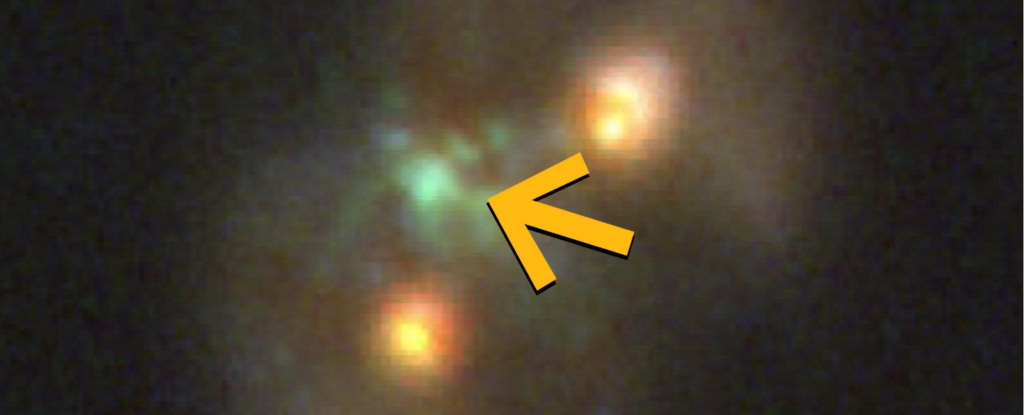T4K3.news
New proposal for laser-propelled spacecraft to explore black holes
A study suggests that a mini spacecraft could travel to a nearby black hole within 60 to 75 years.
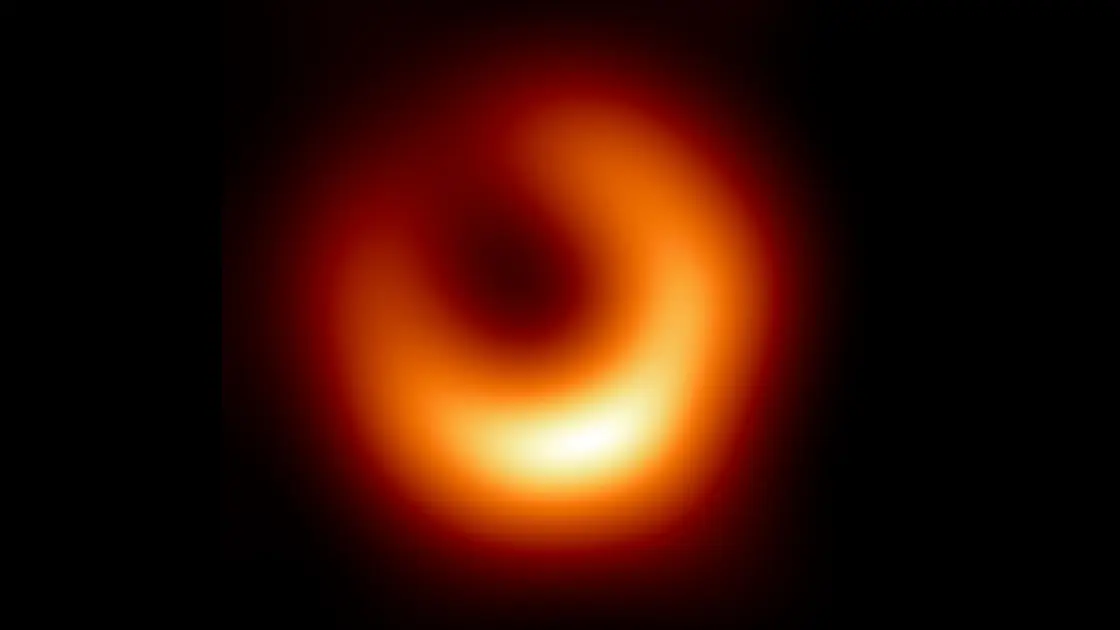
A new proposal outlines plans for a miniature spacecraft to investigate black holes and test Einstein's theories.
Laser-propelled spacecraft may explore nearby black hole
A recent study suggests that a small, laser-propelled spacecraft could one day travel to a nearby black hole, aiming to test the limits of Albert Einstein's theory of general relativity. Published on August 7 in the journal iScience, the proposal comes from Cosimo Bambi, a cosmologist at Fudan University. He believes that creating a nanocraft, no larger than a paperclip, is not just possible but could be realized in our lifetimes. The spacecraft would use powerful ground-based lasers to propel it to nearly a third the speed of light, allowing it to reach a black hole located about 20 to 25 light-years away within 60 to 75 years. The mission seeks to observe black holes and confirm whether they have event horizons, a topic still unknown in today's physics. Although the development of such a mission would cost upwards of $1.1 trillion initially, Bambi forecasts that technological advancements could lower costs significantly in the next 30 years.
Key Takeaways
"It may sound really crazy, and in a sense closer to science fiction."
Bambi reflects on the challenges of his ambitious proposal.
"We might have the technology necessary to send a probe to the object in 20 or 30 years."
Bambi shares his optimism about future technological advancements.
"If there exists a black hole within 20–25 light-years of Earth, it's probably only an issue of time to reach this technology."
Bambi emphasizes the potential for discovery in our near future.
This ambitious proposal highlights the continuous evolution of space exploration. While the concept of a nanocraft traveling at such astonishing speeds may seem far-fetched, the shift in technology and budgetary priorities could change the landscape of astrophysics. As countries and private companies race to innovate in space travel, funding such projects might become more feasible. Importantly, this mission could redefine our understanding of black holes, directly challenging existing scientific beliefs. If successful, it would not only enhance our knowledge of the universe but also inspire future generations of scientists and explorers to probe deeper into the mysteries of space.
Highlights
- Exploring black holes could redefine our understanding of the universe.
- The technology needed for this mission could be a reality in 20 years.
- A journey to a black hole could unlock secrets of general relativity.
- Imagining a nanocraft traveling through space is both exciting and daunting.
High costs and technological challenges ahead
The proposed mission faces significant financial barriers, with initial costs estimated at $1.1 trillion, which may hinder progress. Furthermore, the technological advancements needed for such a venture remain speculative and complicated, raising concerns about feasibility.
Future advancements may change the feasibility of ambitious space missions.
Enjoyed this? Let your friends know!
Related News
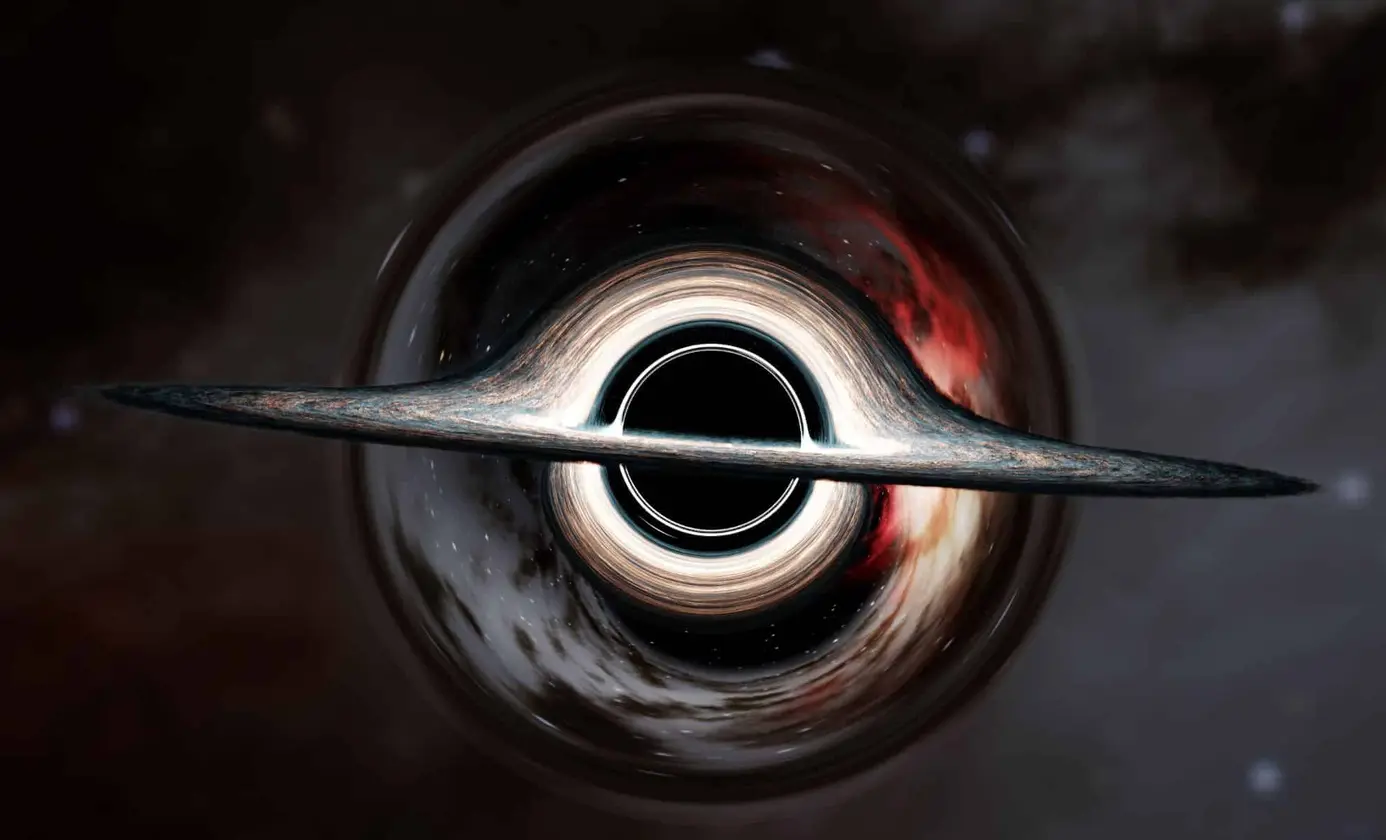
Black Hole Probe Proposal Draws Debate
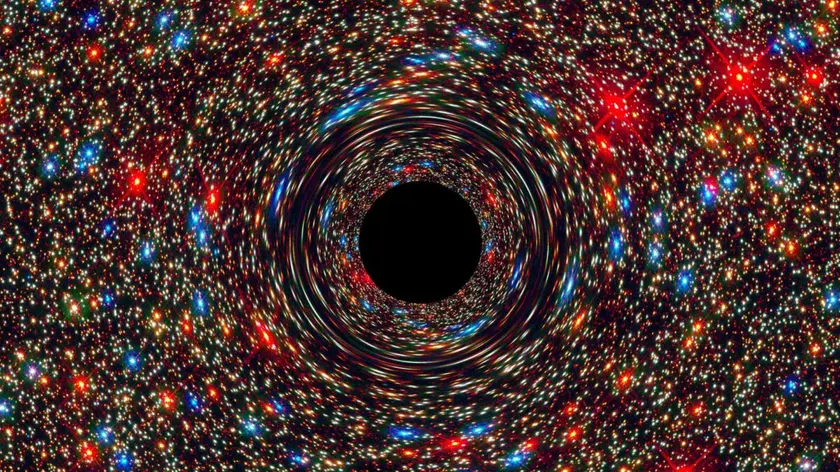
New Plan Proposed for Journey to Black Hole
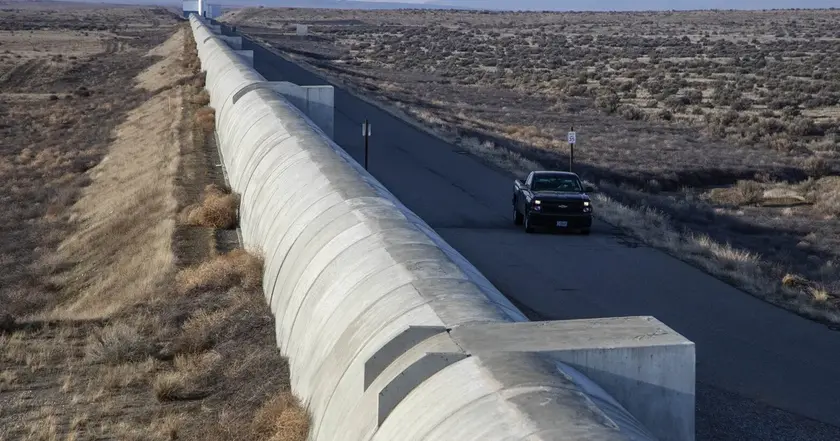
LIGO makes significant black hole discovery amid budget cuts
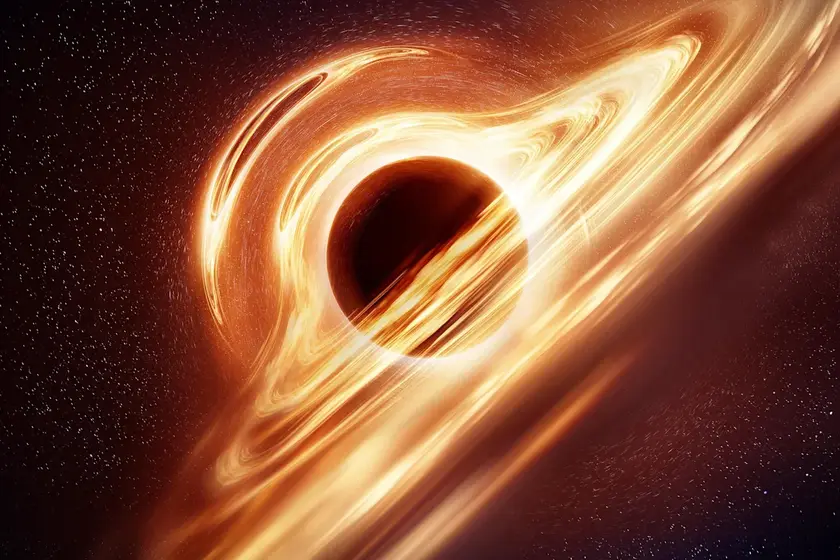
James Webb Telescope may have found early cosmic light sources
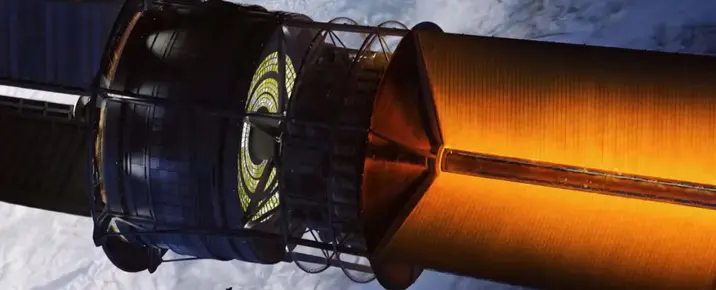
Project Hyperion Launches Competition for Stellar Travel Designs
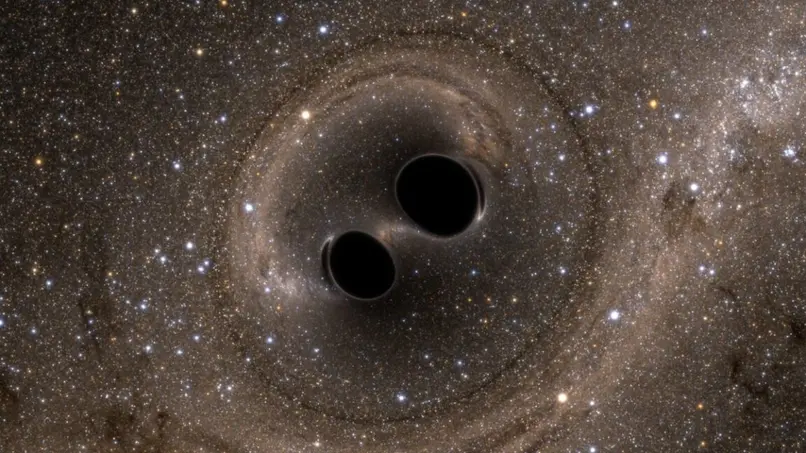
Record black hole merger detected by LIGO team
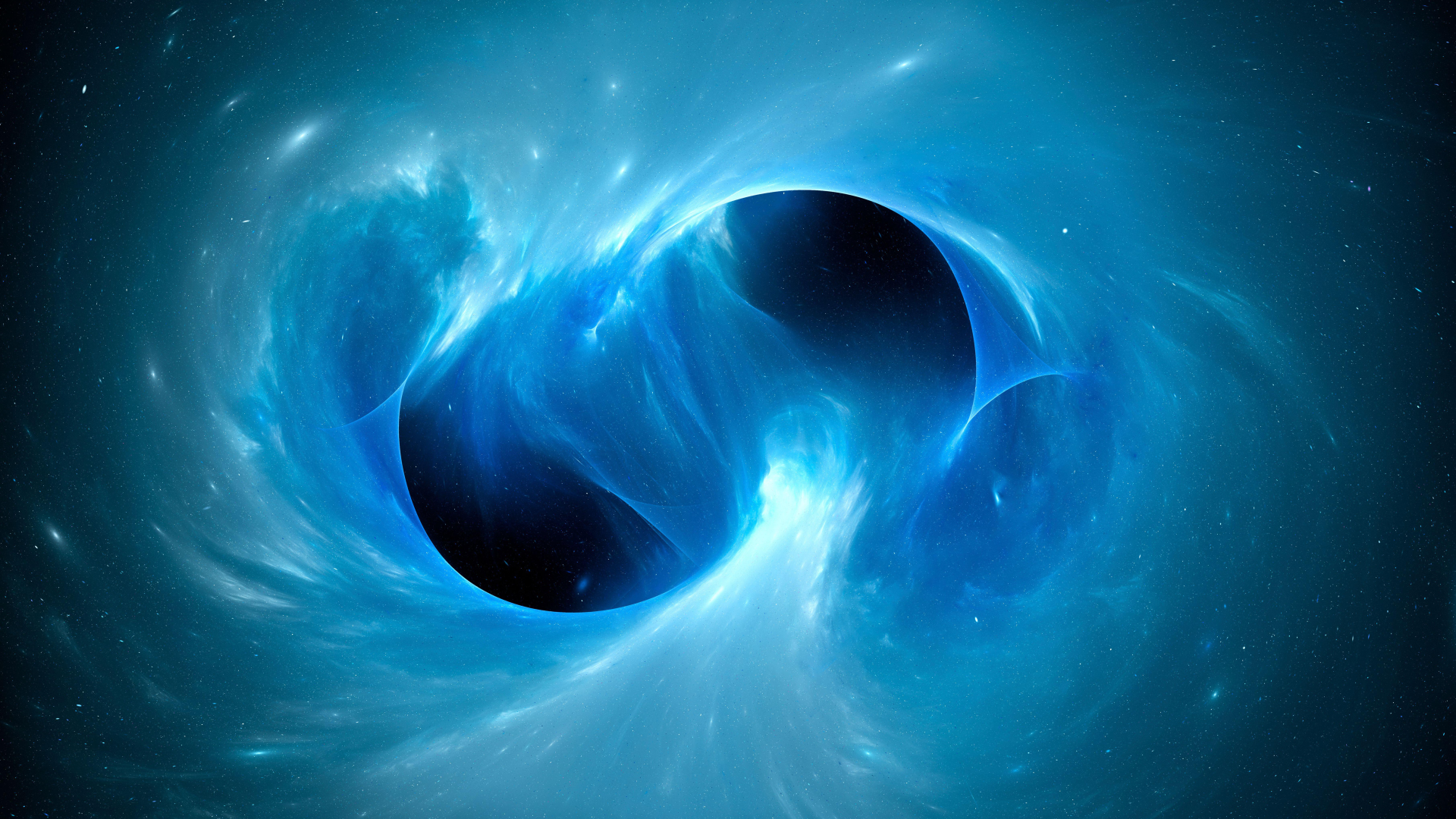
Massive black hole merger discovered
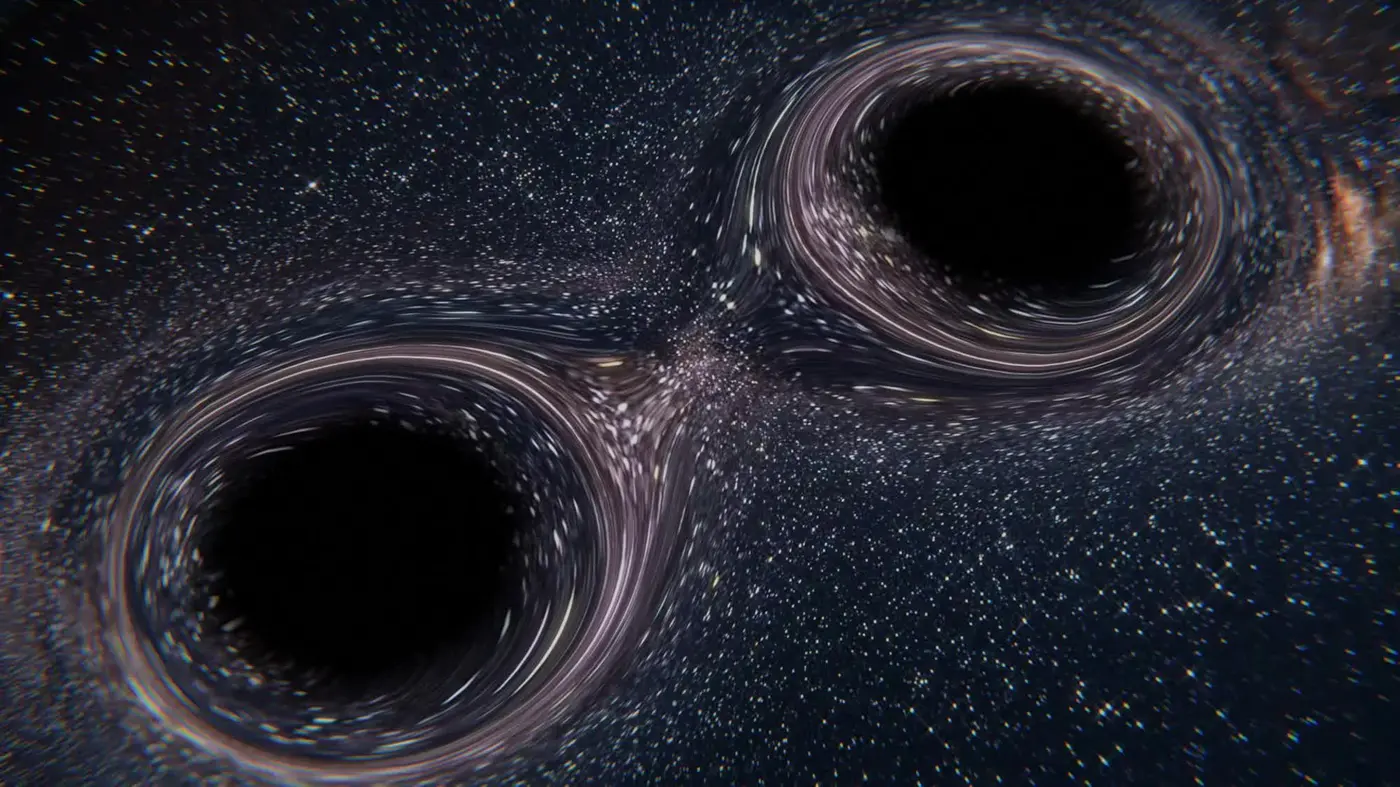
LIGO detects groundbreaking black hole merger
